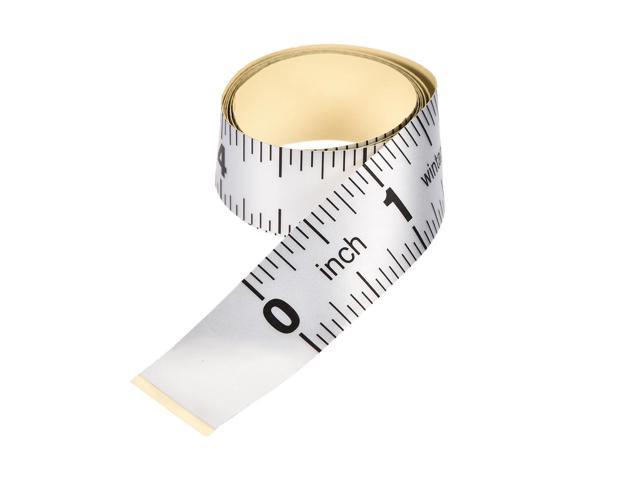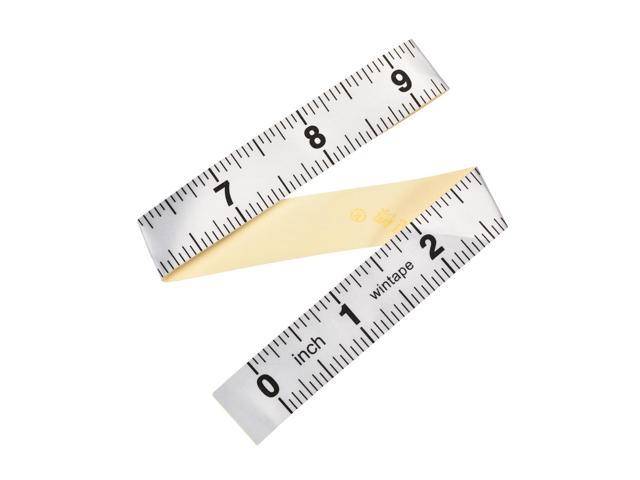Excerpt from Mother Nature’s Children
As you may imagine, they are very glad to get anything that they can use in making this cradle. One nest was made almost entirely of tow furnished by a man who loved birds, and the oriole was so delighted to have such a gift that he would burst into song with his mouth full of tow. He could not wait to express his thanks till he came back for more. But they do not always wait for people to give them the strings they want. One eager pair were making their nest not far from a house where a woman sat sewing by an open window. She left the room for a moment, and when She came back she could not find the measuring tape or the skein of silk she had been using. The birds had flown into the window and carried them off and woven them into their nest.
I will tell you the story of something that befell a Mrs. Oriole who did this. She and husband were a very happy pair. They had first met each other in an orchard in the beautiful month of May. Two or three gaily colored songsters of the Oriole family had been trying to win this young lady bird as their wife. Each one of them had sung his sweetest to her and looked his finest and behaved his best, in order to persuade her to choose him. But when she saw Mr. Oriole and heard him sing to her, she fell in love with him at once. And when she had chosen him, you should have seen how fond he was of her, - singing to her, bringing her the daintiest bits of food he could find, talking to her in the sweetest little ripple of coo ings, and doing everything he could for her.
About the Publisher
Forgotten Books publishes hundreds of thousands of rare and classic books. Find more at www.forgottenbooks.com
This book is a reproduction of an important historical work. Forgotten Books uses state-of-the-art technology to digitally reconstruct the work, preserving the original format whilst repairing imperfections present in the aged copy. In rare cases, an imperfection in the original, such as a blemish or missing page, may be replicated in our edition. We do, however, repair the vast majority of imperfections successfully; any imperfections that remain are intentionally left to preserve the state of such historical works.















